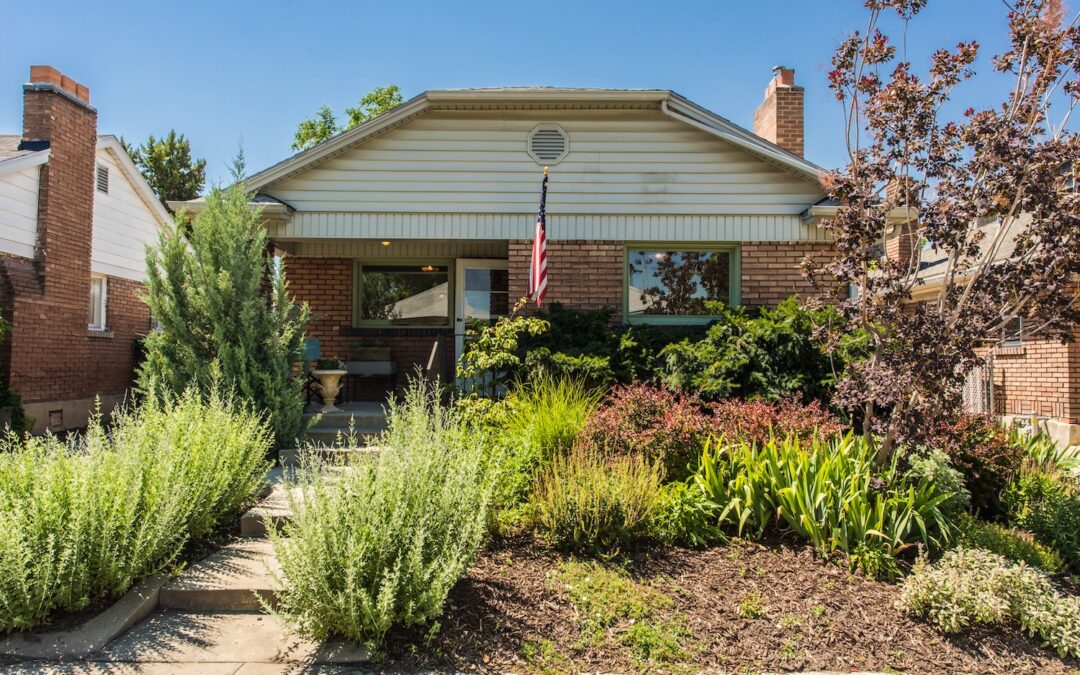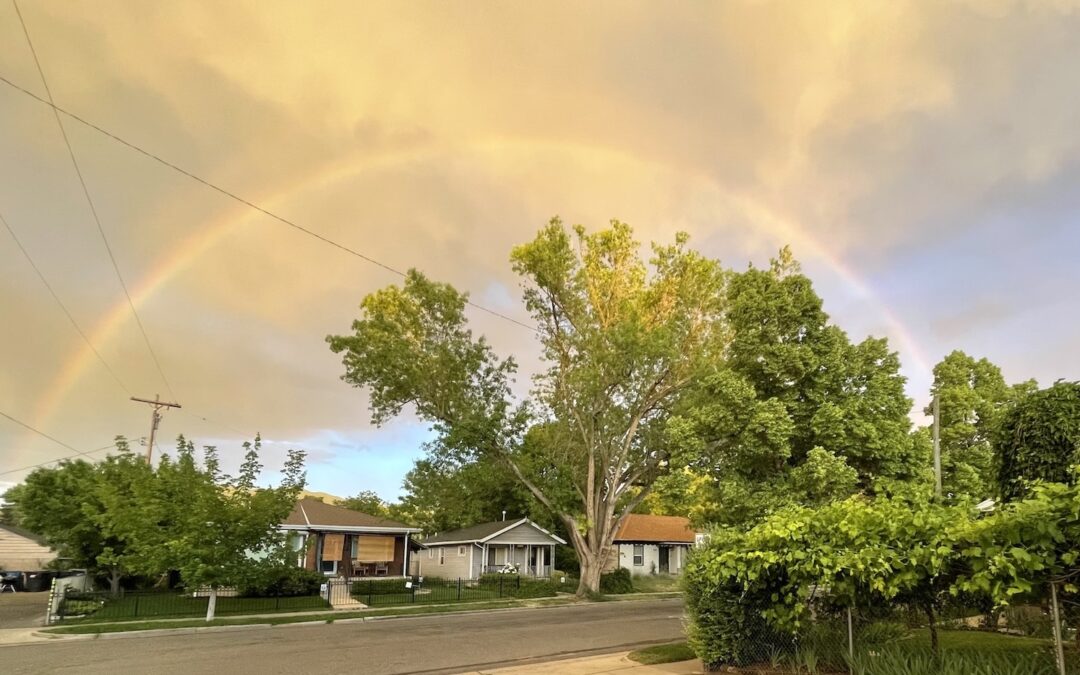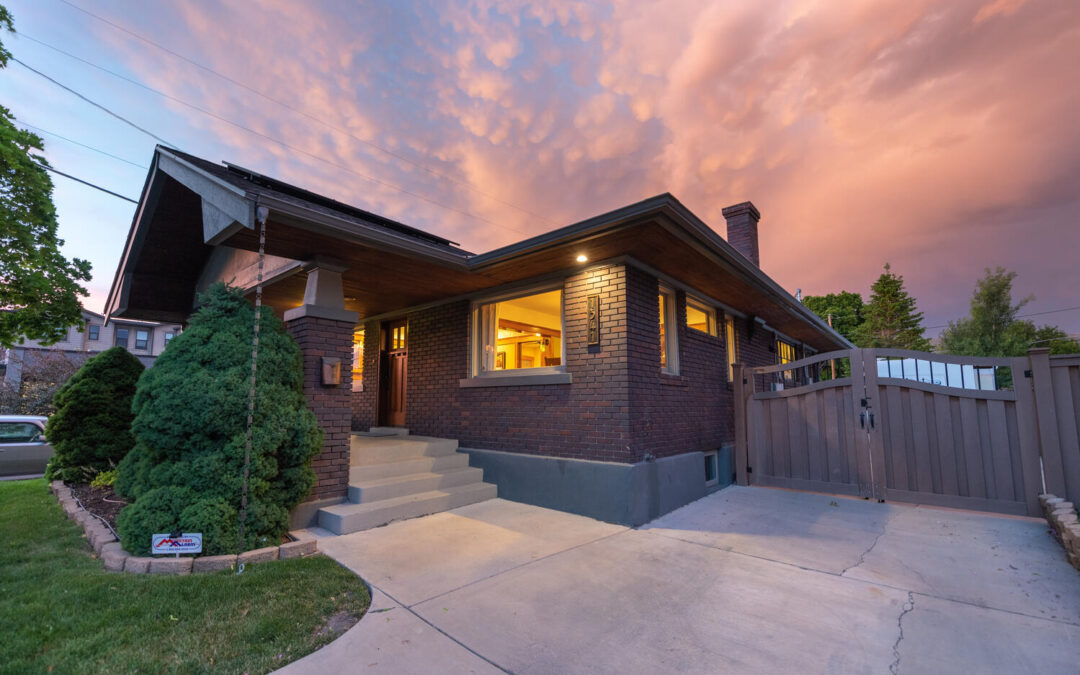Wednesday April 2, 2014: Buying your first home is usually a simpler process than selling your existing home to buy another. With your first home, you get ready financially, create a flexible living situation like a month-to-month lease, search for a home, put one under contract and once it looks like a sure thing, give your landlord notice, close on your home and move in.
There are more options when you already own a home, and every seller should consider where they will move to when their existing home sells.
Here are some of the approaches I’ve taken with clients, along with my thoughts, pros and cons for each approach.
- Sell your existing home first and then move into temporary housing while you look for your new home.
- Temporary housing can be a rental property, extended stay hotel, or staying with family, friends or a significant other.
- Finding a short-term/month-to-month lease can be expensive and hard to find. It can also be extra challenging for people with pets and families.
- You may need to put some of your belongings in self storage or a POD, so make sure you have everything you need including tax and financial information that your lender will need for the purchase of your new home.
- This is a safe way to make a move and avoid the possibility of having two mortgage payments.
- This approach works well for some people, but you will have to move twice.
- Sell your existing home contingent upon you finding another home to buy, or request a temporary rent back from the buyer of your home.
- Some buyers don’t want to wait for you to find another home, so this approach does eliminate some buyers.
- The time frame for you to find a home is usually fixed, not open ended. So there is still a risk of you not finding your perfect home and possibly settling for something less.
- This approach, if executed successfully, results in one move from your old home to your new home.
- If this is the approach you choose, it makes a lot of sense to start looking for a new home before you put your existing home on the market to make sure you can find a home that you can afford and meets your needs.
- Find a home you want to buy first and then make an offer on that home contingent to the sale of your existing home.
- Some sellers will not entertain an offer contingent to the sale of the buyer’s home. This is especially true with short sales, foreclosures, homes that have more than 1 offer on them and homes that just came on the market.
- The sellers that will entertain a purchase offer contingent to the sale of the buyer’s home will want a “time clause” contingency in the purchase contract. This allows the seller to continue to market their home for sale, negotiate offers from other buyers and accept those offers contingent upon giving you, the buyer with the home to sell, notice to remove the contingency to sell your home and to move forward on the purchase. The notice is usually 48 or 72 hours.
- The likelihood of success with this approach is much higher if your existing home is in an area and price range that’s in high demand and the home you’re buying is not in high demand. This can be a good approach if you are moving from a lower priced home to a more expensive one because more expensive homes often move slower.
- Preparing your existing home for sale should be done before you make your contingent offer.
- Pricing your home right when you list it for sale will greatly increase the likelihood of success with this approach.
- Buy your new home first, move in and then put your existing home on the market.
- This approach works best if you own your home outright or have a small payment relative to your income and savings.
- The obvious risk is that of having two mortgage payments.
- With this approach, lenders currently require that you have at least 6 months reserves to cover your monthly mortgage payment for your existing home and another 2 months reserves for your new home.
- Before you proceed, it makes sense to determine how much your existing home is worth and review inventory and time on the market for homes in your area and price range.
- If you need the proceeds from the sale of your home to buy your new home, you won’t be able to take this approach
- Other options
- Relocation assistance from a company you are or will be working for. Relocation packages vary. The two most common options are you have to sell your existing home first then you can buy, or the relocation company will buy you out of your existing home at a set price if it doesn’t sell within a specific time frame. Temporary housing can also be part of relocation assistance.
- Rent your existing home and buy another. If you require a loan to purchase your new home, lenders currently require that your existing home either has at least 25% equity in it or the home has to be rented for 6 months prior to the purchase of your next home, so you’d have to move out.
- A bridge loan is a temporary loan used to buy a home before your first home sells. Due to the recession, mainstream lenders no longer offer these. Hard-money lenders may still offer these, but they are expensive and short term, so you have to refinance them. I do not recommend this approach.
- Buying new construction. This is a topic for another day.
- Before you decide which approach you want to take, sit down with your Realtor, and have an open discussion about your move. Also, I recommend that no matter what you take, the first steps are:
- Determine the value of your existing home and the amount of net proceeds that you will receive from the sale. These proceeds may be your down payment for your next home.
- If you’re not doing a cash deal, speak to a lender to determine how much you qualify for, what loan programs are available, and how much your monthly payment will be.
- Have your Realtor take you out to see homes in your new price range and area to make sure there are homes for sale that potentially meet your needs before you list your existing home for sale.
- If you can find homes that meet your needs, meet with your Realtor to discuss preparing your existing home for sale.
- Then, right before you list your existing home for sale, have your Realtor reevaluate the value of your home. Time and improvements may have changed the value of your home.
- Proceed with whatever approach you have chosen for selling your existing home and buying another.



